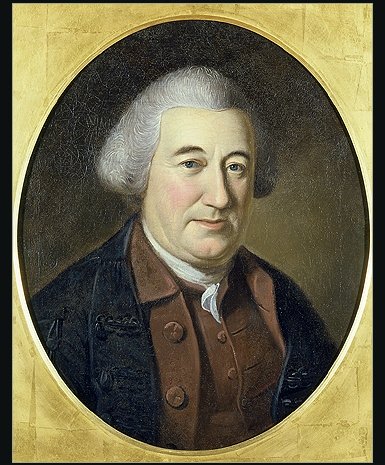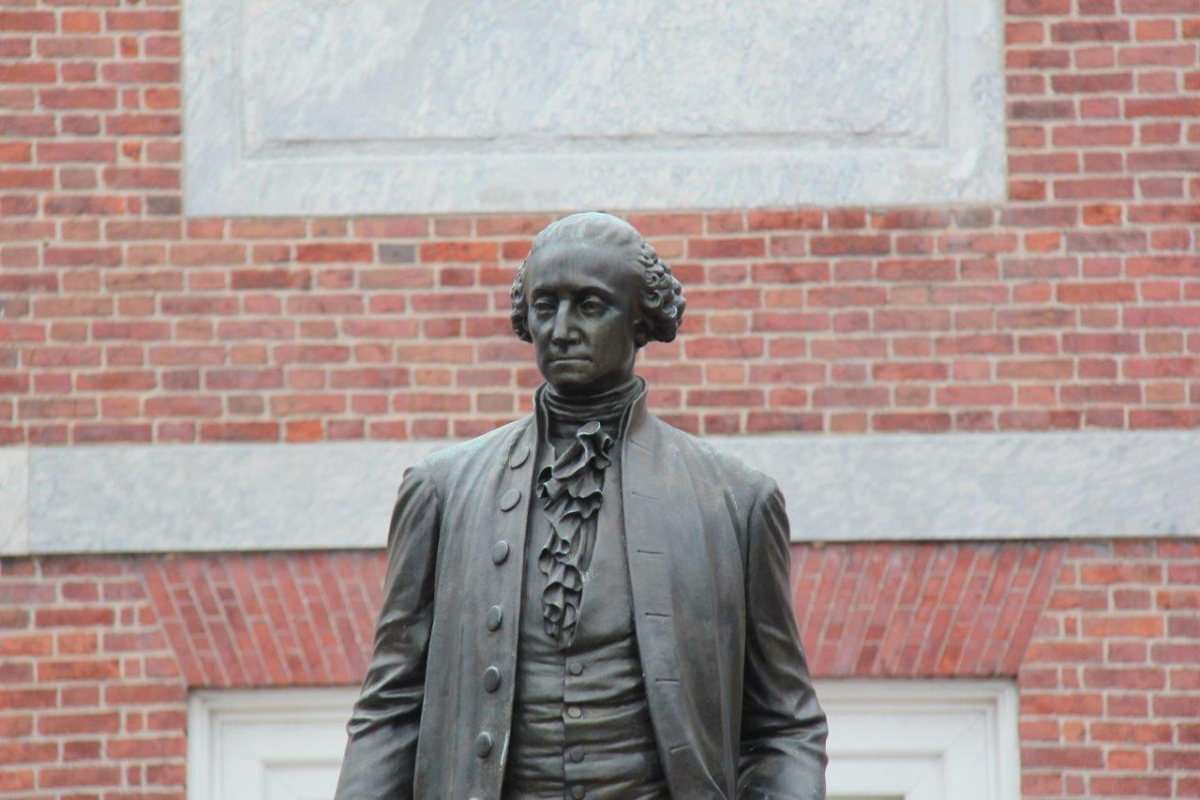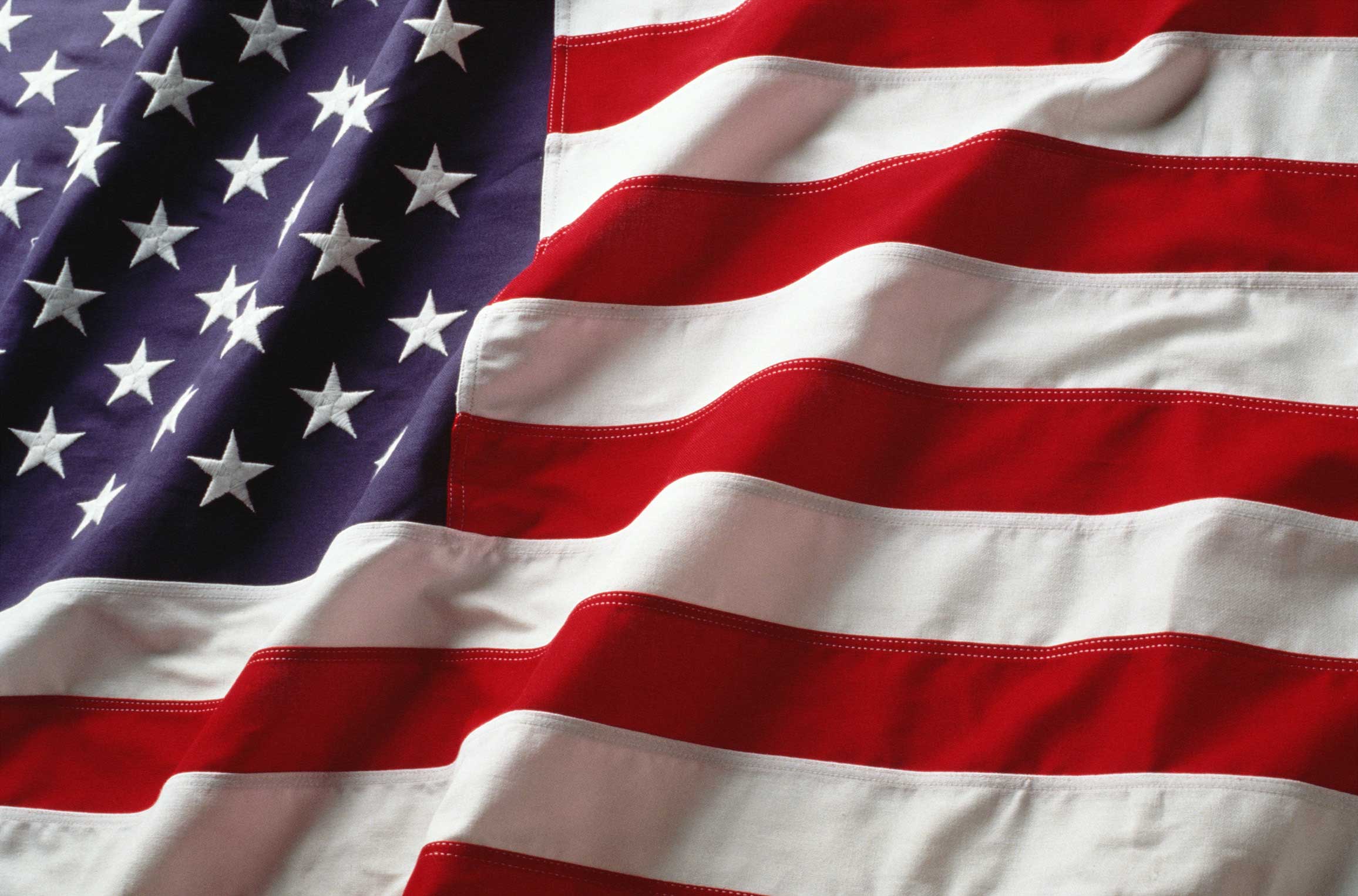John Hanson - One of America's Founding Fathers
Related Posts
- Buy Tickets for The Constitutional Walking Tour of Philadelphia – See 20+ Sites on a Primary Overview of Independence Park, including the Liberty Bell and Independence Hall
- Independence Hall
- Second Continental Congress
- America's Founding Fathers
- Daniel Carroll - One of America's Founding Fathers
- Samuel Huntington - One of America's Founding Fathers
- Thomas McKean - One of America's Founding Fathers
- Constitution of the United States
Birth: April 3, 1715
Death: November 15, 1783 (age 68)
Colony: Maryland
Occupation: Plantation Owner, Politician
Significance: Signed The Articles of Confederation (at the age of 65); served as the First President of the Congress of the Confederation (1781-1782)

John Hanson was one of the Founding Fathers of the United States. Born on a large plantation called Mulberry Grove in Maryland, Hanson came from considerable wealth and received a private education as a child. Following Hanson's education, he worked on his family's plantation until he took his first political position as Sheriff in Charles County, Maryland in 1750.
In 1757, Hanson was elected to the Maryland General Assembly. While serving in the Maryland government, Hanson became known as a strong supporter of the rights of the American Colonists, and he mounted a strong opposition against attempts to increase British authority within the Colonies. Hanson opposed the Stamp Act publicly, and he helped to organize a boycott against British goods (including tea) in opposition to the Townshend Acts. Hanson resigned from his position in the Maryland General Assembly in 1769.
In 1774, as the conflict between the British and the American Colonies was reaching a fever pitch, Hanson once again stepped forward as a Colonial leader in Maryland, speaking out against the Boston Port Act and organizing demonstrations. In 1775, Hanson was appointed as a Delegate to the Maryland Convention, the governmental body which attempted to take legislative control over Maryland when the Revolutionary War broke out. After the signing of the Maryland Constitution established a new Maryland governmental body, the Maryland House of Delegates, Hanson was elected as one of the legislature's first members.
Hanson served in the Maryland state government until late in 1779, before he was elected to serve in the Second Continental Congress. By the time Hanson arrived in Philadelphia in June of 1780, the first signatures on the Articles of Confederation had been dry for nearly two years. Still though, the Articles of Confederation had not yet gone into effect as Hanson's state of Maryland had up to that point refused to ratify the Articles due a dispute over the territorial boundaries of the states. Hanson and fellow Maryland delegate Daniel Carroll became the last two men to sign the Articles of Confederation on March 1, 1781, officially establishing the document as the law of the United States.
First President of the Congress of the Confederation
On November 5, 1781 John Hanson was elected as the first President of the Congress of the Confederation, the newly established national governmental body that was established by the Articles of Confederation. Because of this election, some have referred to Hanson as the true, first President of the United States, as opposed to George Washington who was elected under the Constitution of the United States eight years later in 1789.

Strictly speaking however, calling Hanson the first president of the United States would be inaccurate. Hanson was not President of the United States, he was the President of Congress. This is an important distinction because there was not an executive branch established in the Articles of Confederation and Hanson did not have a job that even remotely resembled the role which we know as "President of the United States" today. Hanson's role as President of Congress was more akin to the present day position of President of the United States Senate (a role fulfilled by the Vice President of the United States) than it was to the present day role of President of the United States.
Further, although the Articles of Confederation established a new national government, there were a few significant distinctions between the government created by the Articles and the improvised government that grew out of the Second Continental Congress (preceding the Articles of Confederation). This was true to such an extent, that when the Articles of Confederation finally became law on March 1, 1781, new representatives were not elected. Those who were already serving in the Continental Congress simply continued serving and little changed. In fact, while the legislative body created by the Articles of Confederation should have been referred to as the Congress of the Confederation, history shows that they largely just retained the name "Continental Congress" that was already used to described the legislative body that existed before the Articles of Confederation were ratified.
Samuel Huntington who was President of the Continental Congress when the Articles of Confederation were ratified simply continued to serve as President under the Articles, without so much as an election, even though he had already served more than the one year term stipulated in the Articles of Confederation. When Huntington fell ill and needed to be replaced, rather than hold a formal election to elect a new President to a one year term as stipulated in the Articles of Confederation, Congress instead held a quick vote on his replacement and elected Thomas McKean who served in the role for just a few months before stepping down. It was only after McKean stepped down that Hanson was elected in November of 1781, and he served the first full one year term as President of the Congress of the Confederation as was stipulated in the Articles of Confederation.
While Hanson was not the first President of the United States, he did hold an important role during a very turbulent time in the history of the United States of America. During Hanson's term as President of Congress, he helped to lead the nation just as it was becoming clear that America would win the Revolutionary War and prepared to chart its course as a fully independent nation.
Hanson left the Continental Congress (Congress of the Confederation) after he finished his term as President of Congress the following year in 1782, and he returned to Maryland. Hanson never held another official role as he was in poor health and died the following the year in 1783.
John Hanson in Philadelphia
John Hanson traveled to Philadelphia in 1781 to serve as a member of the Second Continental Congress, during which time, Hanson worked at Independence Hall, where he signed The Articles of Confederation.
Today, Independence Hall is one of the stops visited along The Constitutional Walking Tour!



